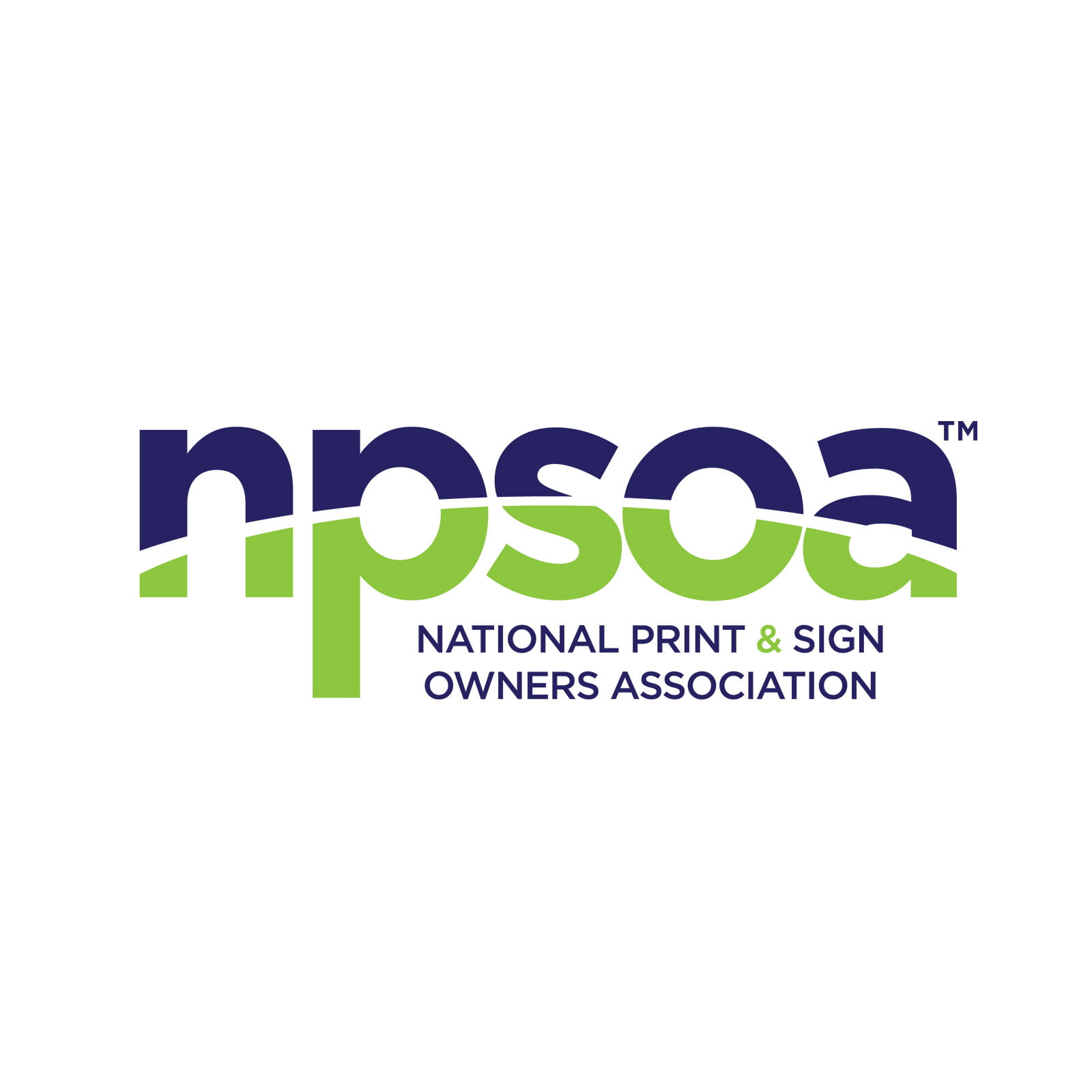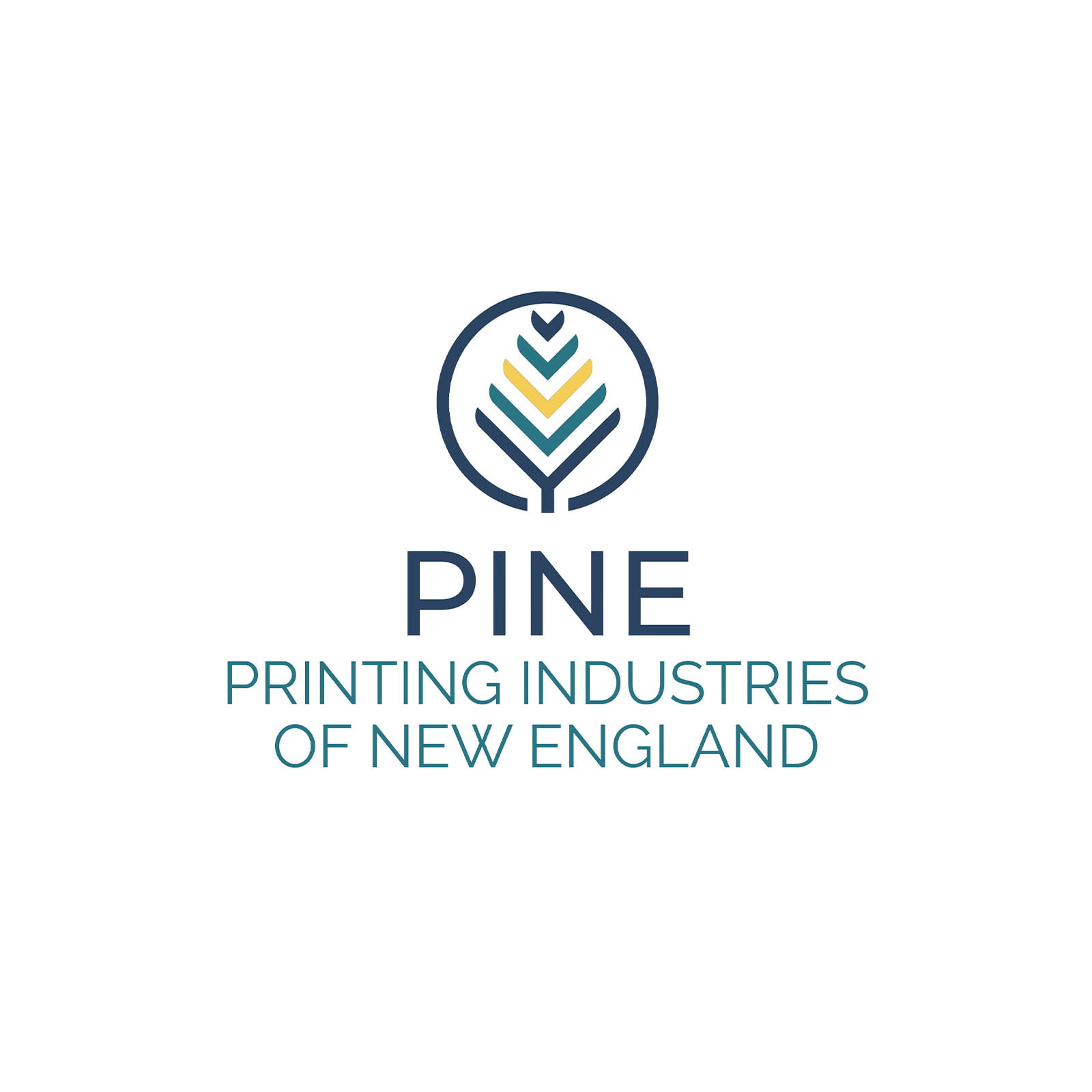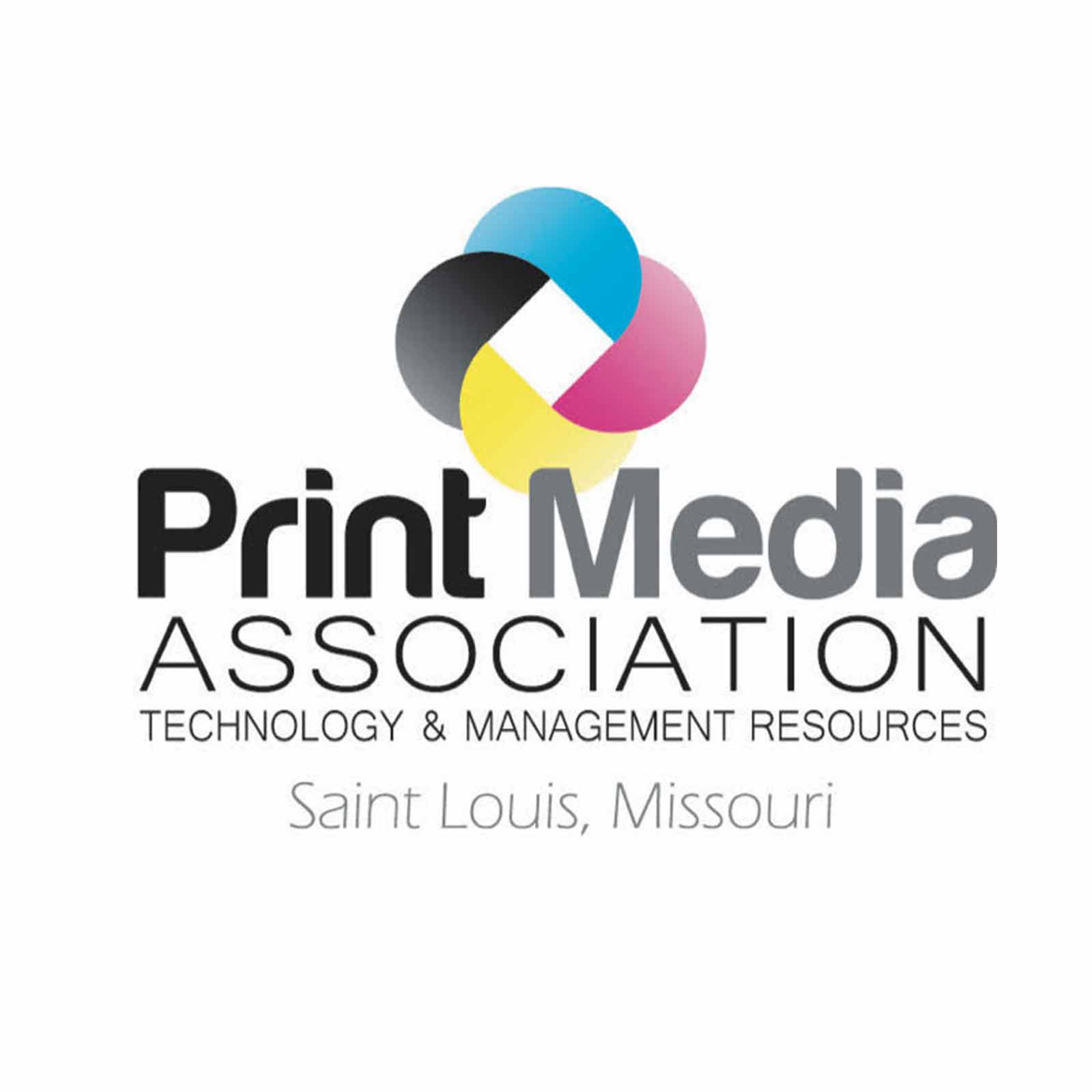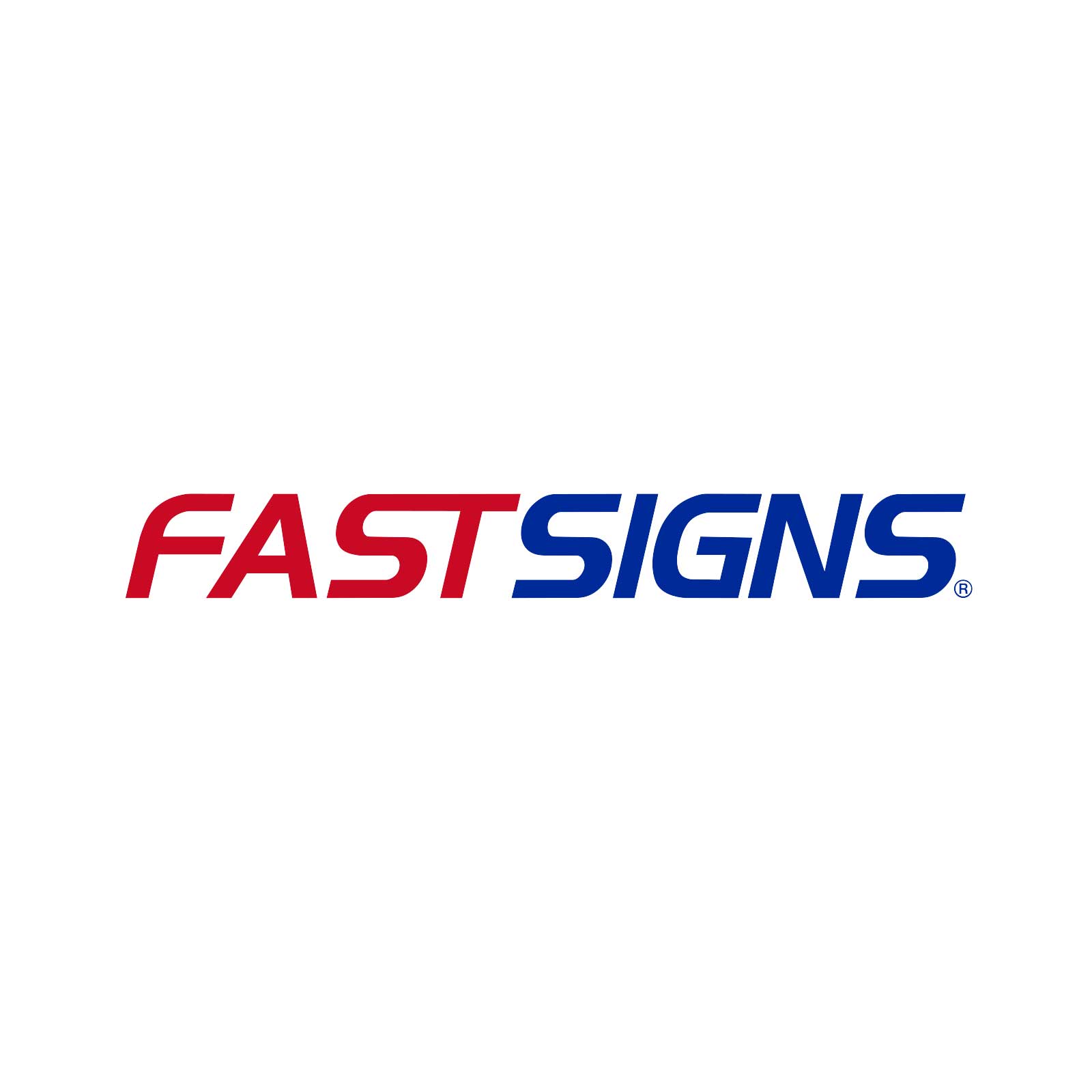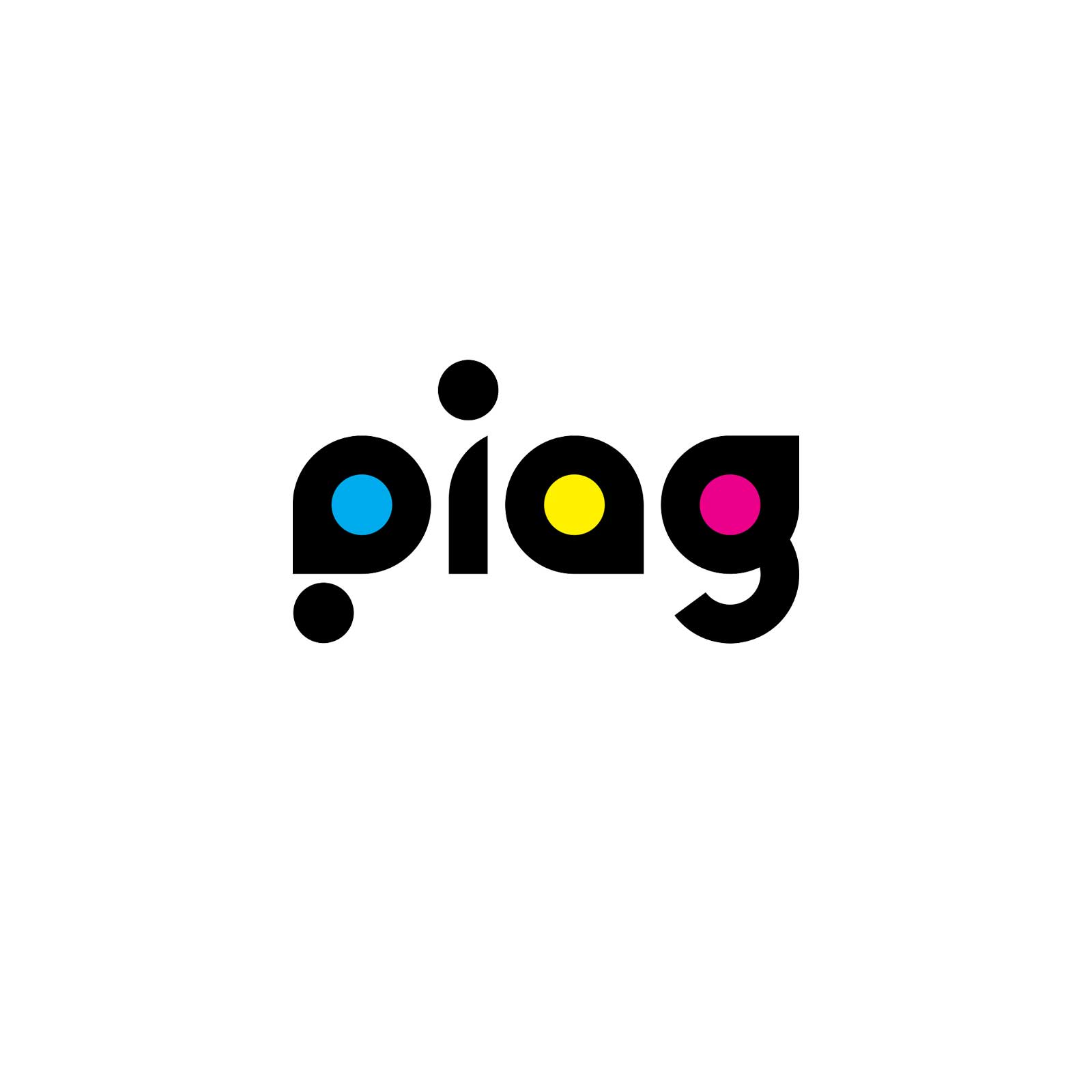
Good Morning!
The wheels of business rarely turn as fast as we’d like them to. In this “now if not sooner” world of text messages that, by definition, demand urgent reply (especially if there is a Farquharson daughter involved) fast pace environment, there are still some things— projects and decisions, mostly— that crawl along. We salespeople need to recognize the start/stop, take your time/need it now habits of our customers.
When’s the last time you submitted a quote and received instant feedback? See what I mean?
As I pointed out last month, the most common complaint I hear from salespeople is that customers disappear soon after requesting and receiving pricing. It’s maddening and frustrating. Despite numerous calls and emails and more calls, they go dark. I suffer from the same malady. One proposal request comes in, it gets addressed immediately and I, too, have expectations of a response one way or the other.
Enter the squirrels.
I think what we all have to remember is when we were in a conversation with the client, we were the shiny object, the squirrel that caught their attention. But things don’t happen at our pace. Our priorities are not theirs.
Is there an advantage to using the time allowed us by the client? Let’s say you have a pricing request (new or existing customer, it doesn’t matter). Sure, you might get bonus points by getting right back to them with a number. I hear about that all the time. But there’s another thought process…
Over the years, I have found that the best content I create (these tips, Tuesday’s blogs, or my monthly Printing Impressions Sales Challenge column) occurs when I commit something to paper, let some time pass, and then return with edits and perhaps a new thought or two. Seems to me that thinking might apply for quotes as well.
Small businesses seem to work at a quicker pace than large companies. You need to read the room and understand your customer’s needs. But if someone gives you a week to return a price, why not use that time to provide more than a number? Go learn how the piece is used. Perhaps you can give a price and a different idea. Prepare a more thoughtful proposal. Quote the job but also include information about your company and your capabilities.
It’s never a bad idea to get right back to the client with a price. But sometimes it can be a good idea to wait.


